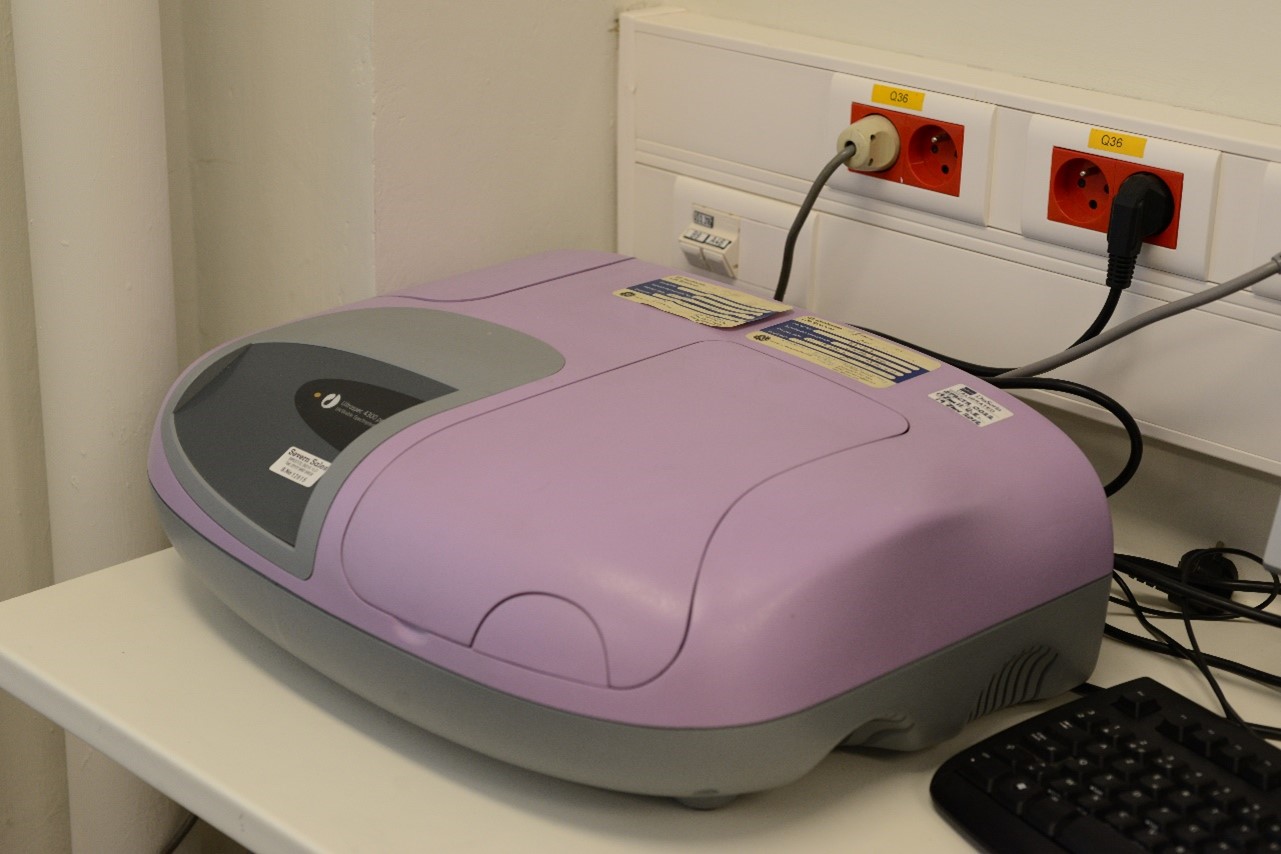
In the last ten years, space organisations globally, along with new market players, have made it easier to access space for scientific and technological research. This movement towards making space more accessible has attracted a broader spectrum of scientists who were previously unaware of the possibilities for conducting experiments in space. This growing group includes experts from various fields such as biology, physiology, pharmaceutical chemistry, fluid physics, soft matter, and thermodynamics, although this list is far from complete.
However, many researchers from this broadened community may not completely grasp the intricate requirements for setting up and carrying out space experiments. CRESTLAB has been established to provide an extensive research platform to assist both academic and industrial sectors in designing, preparing, and performing benchmark experiments on Earth, which can then be modified for different space environments—whether it be in microgravity, lunar or Martian gravity, or hyper gravity.
CRESTLAB is structured around four specialized laboratories—Life Sciences, Material Sciences, Physical Sciences, and Data Science—along with two technical workshops. These facilities boast advanced instruments and support services that cover all phases of space experiment planning, from the initial engineering design and breadboard construction to early testing and data analysis.
Along with the technical support offered by our experts at CREST, here is a list of some major equipment available at CRESTLAB to help design space experiments:
UV/VIS Spectrophotometer Ultrospec 4300 pro
Brand: Amersham Biosciences
Description: The Ultrospec 4300 pro is designed for high resolution scanning for assessment of impurities in sample preparations with bandwidth of less than 1.8 nm.
Specifications:
- Wavelength Range: 190-1100 nm, in 0.1nm steps
- Scanning Speed: 6200 nm/minute maximum, 1 nm step
- Monochromator: Concave grating with 1200 lines/mm
- Wavelength calibration: Automatic upon switch-on
- Spectral bandwidth: < 1.8nm
- Wavelength accuracy: ± 0.7nm
- Wavelength reproducibility: ± 0.2nm
- Light sources: Tungsten halogen and deuterium arc
- Detector: Single solid state silicon photodiode
- Photometric range: – 3.000 to + 3.000 A, 0.01 to 99999 concentration units, 0.1 to 200 %T
- Photometric linearity: ± 0.5% or ± 0.003 A to 3.000 A at 546nm, whichever is the greater
- Photometric reproducibility: Within 0.5% of absorbance value to 3.000A (at 546nm)
- Stray light typically: <0.025%T at 220nm using NaI, <0.025%T at 340nm using NaNO2
- Stability Warm Up: ± 0.001A/h at 340 nm at 0A after
- Noise: ± 0.001A near 0A and ± 0.002A near 2A at 546 nm
- Sample compartment size: 5.5″ W x 8.6″ D x 3.4″ H(14 x 22 x 8 cm)

